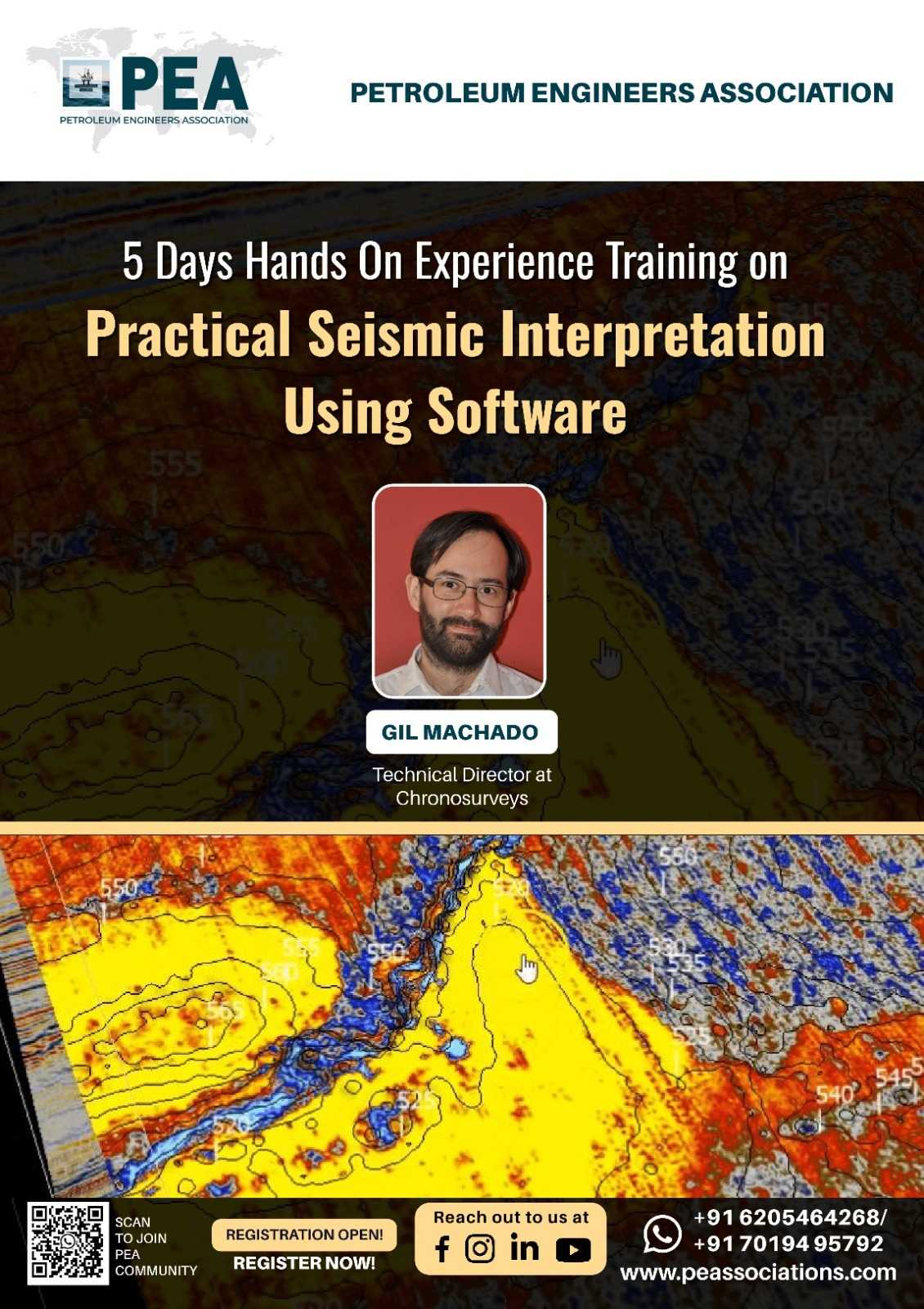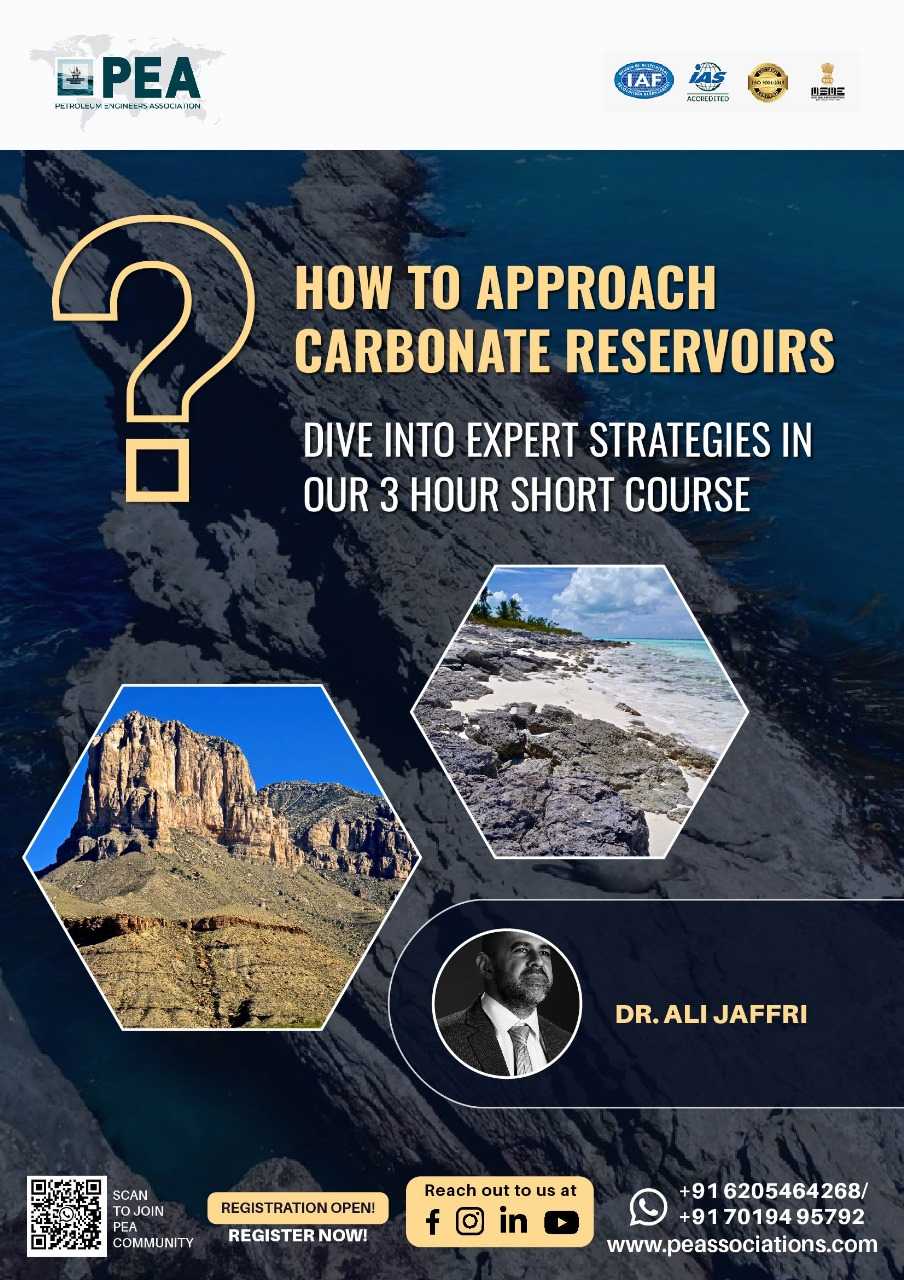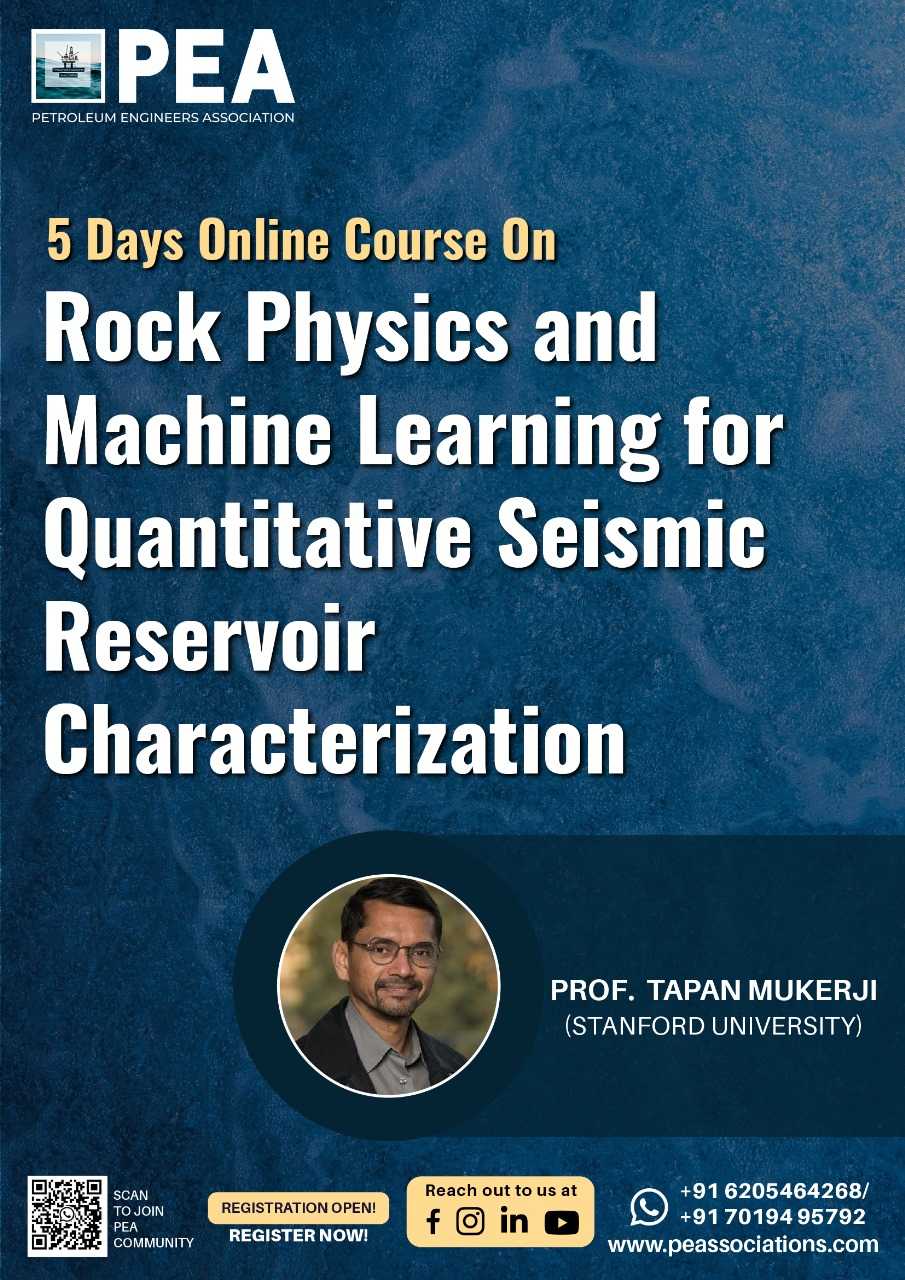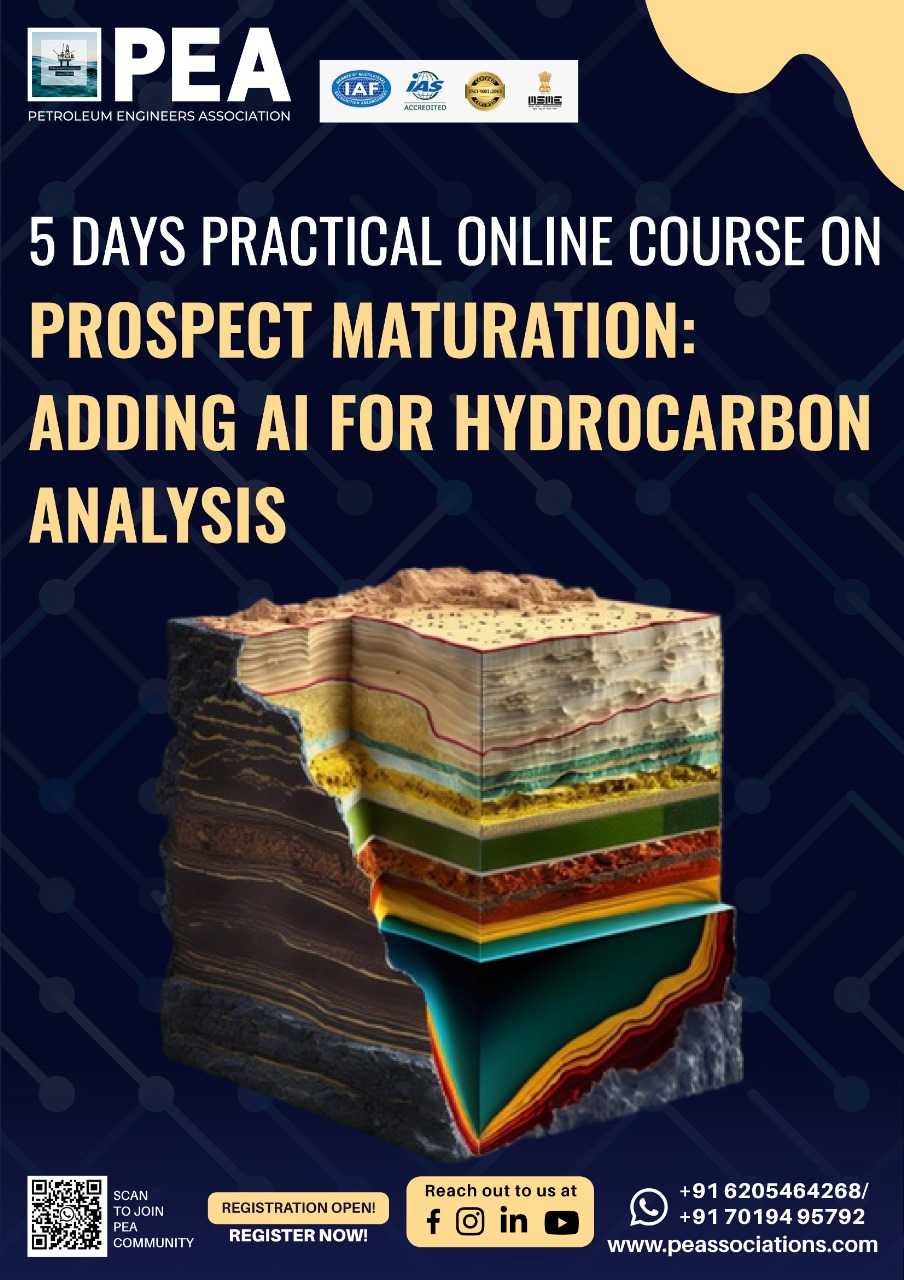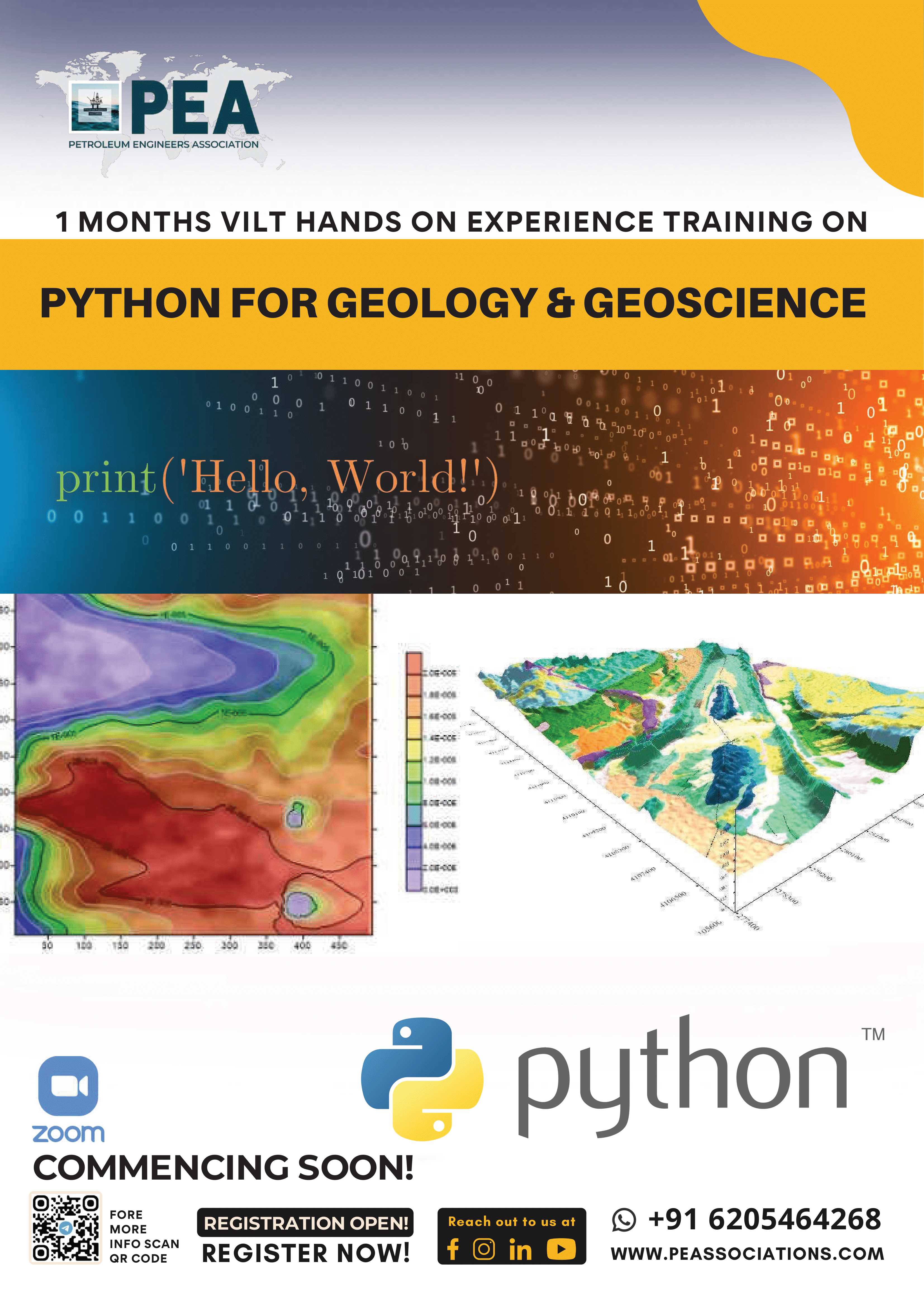| Code | Date | Time | Duration | Location | Currency | Team of 10 Per Person | Team of 7 Per Person | Early Bird Fee Per Person | Normal Fee Per Person |
|---|---|---|---|---|---|---|---|---|---|
| PEAPSG25 | 03 - 21 Nov 2025 | 8 PM Indian Time |
3 Hours Per Day
|
Zoom Online
|
USD
|
650
|
700
|
850
|
1250
|
The Classes Will be Online Via Zoom for 3 Weeks Excluding Sat & Sun.
Boost your team's skills and your budget! Enjoy group discounts for collaborative learning. Send an inquiry to info@peassociations.com.
Application of Statistics in Geology using Python
Description
In today’s data-driven geological workflows, statistical analysis is essential for understanding subsurface uncertainties and making informed exploration and development decisions. This course bridges the gap between geology and data science by teaching statistical techniques through Python, a leading programming tool in the geoscience community.
Participants will explore how to process, analyze, visualize, and model geological data using Python libraries such as NumPy, Pandas, SciPy, and Matplotlib. Case studies from the oil and gas industry will be used to illustrate applications in sedimentology, stratigraphy, geostatistics, reservoir characterization, and more.
Whether you’re new to programming or looking to integrate statistical thinking into your geological work, this course offers a strong foundation and practical skills to advance your career.
Geoscientists face increasingly complex data from seismic, well logs, cores, and more. Extracting meaningful insights from this data requires robust statistical understanding and computational tools. This course introduces participants to the key concepts of statistical analysis in geology, implemented through Python, to support data-driven geological decision-making. You’ll gain hands-on experience in working with geological datasets, applying statistical methods, and visualizing results effectively.
Understand key statistical concepts relevant to geological data.
Apply descriptive and inferential statistics in geological analysis.
Use Python to clean, analyze, and visualize geological datasets.
Perform regression, correlation, and hypothesis testing using real geological data.
Apply geostatistical methods such as variograms and spatial interpolation.
Interpret statistical results to improve geological modeling and reservoir evaluation.
Live Instructor-Led Sessions: Delivered online or in-person with expert trainers.
Hands-On Python Exercises: Real-world geological datasets and coding practices.
Case Study Discussions: Application of learned skills in exploration and reservoir studies.
Interactive Learning: Q&A sessions, polls, and assignments for active participation.
Supplemental Resources: Jupyter notebooks, datasets, and reference guides provided.
More accurate geological assessments through statistical validation.
Improved risk analysis and decision-making in exploration and development projects.
Enhanced technical capabilities in teams handling subsurface data.
Reduced dependency on manual analysis by shifting to automated Python-based workflows.
Practical experience in using Python for statistical analysis in geology.
Confidence in interpreting and communicating data-driven geological results.
Career advancement opportunities by bridging geoscience and data science.
The ability to contribute more effectively to multidisciplinary teams.
Geologists, Geophysicists, and Reservoir Engineers
Exploration and Development Teams
Geological Data Analysts
Technical Professionals working in upstream oil and gas
Early-career geoscientists aiming to learn Python and statistics
Academics and researchers interested in geostatistics and computational geology
Course Contents:
Statistical Concepts:
Descriptive Statistics: mean, median, mode, quartile, skewness, kurtosis, variance and standard deviation.
Introduction to Inferential Statistics, which statistical test to choose.
Uncertainty, Accuracy, Precision
Probability, Probability Distribution, generating probability mass function, and density function.
Binomial, Poisson, and Normal Distribution. Why work with the normal distribution?
Null Hypothesis, Alternative Hypothesis, Hypothesis Testing, Error Types
Parametric Tests: One-Sample test, Two-sample test, one-tail and two-tail tests, Z-score, p-value, z-test
t-distribution, F-distribution, ANOVA, χ²-distribution
Non-Parametric Tests: Mann-Whitney Test, Kolmogorov-Smirnov Test
Regression Analysis: Covariance, Correlation, Linear Regression, Non-Linear Regression
Sequential Data Analysis: Markov Chain, Runs Test, Auto-Correlation, Cross-Correlation
Python Programming Topics applying Statistical Concepts:
i) I/O, Data Types, Data Operators
ii) Procedural and Conditional Programming including Loops
iii) Data Containers
iv) Python Function
v) Münpy, Pandas, Matplotlib
vi) SciPy, Stats: Specifically used for statistical analyses
On successful completion of this training course, PEA Certificate will be awarded to the delegates.
A highly accomplished geologist with expertise in structural geology, tectonics, and field mapping. He has a PhD in Geology from the University of Illinois at Urbana-Champaign and has held several teaching and research positions at prestigious universities in the United States. He is proficient in various geological software and programming languages, including Python, ArcGIS, and MATLAB. He has extensive experience in geological mapping, 3D modeling, and quantitative analysis of geological structures. He has also developed and taught several courses on Python programming for geoscientists.











